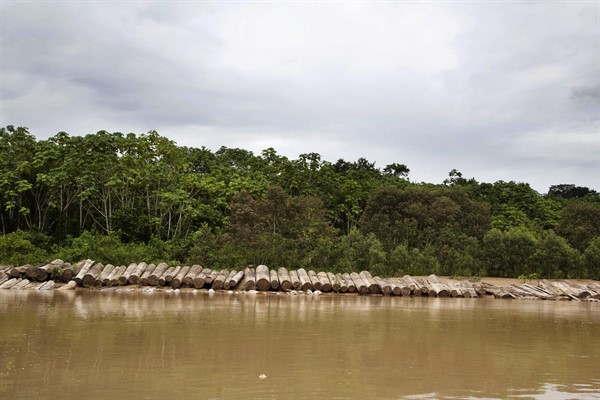Peru’s portion of the Amazon jungle accounts for more than half the country’s land area and, at 13 percent of the Amazon’s total territory, the second-largest share of the rainforest after Brazil. While the rate of deforestation of Peru’s Amazon forests lags that of Brazil’s, it is the country’s primary source of greenhouse gas emissions. Growing concerns over both deforestation’s contribution to climate change and its impact on the region’s Indigenous peoples have now led the Peruvian government to increase its focus on combatting the phenomenon.
Though Peru is not a significant producer of greenhouse gases, it is likely to suffer immensely from climate change and has already experienced erratic weather patterns, including prolonged droughts and severe flooding. Glacial melt in the Andes, the water source for the country’s arid coastal strip where most of Peru’s population and economy are located, also threatens to exacerbate chronic water shortages. This explains why, already at the 2015 COP21 summit in Paris, Peru pledged an unconditional 20 percent reduction in emissions by 2030.
Peru’s recently elected president, Pedro Castillo, has promised to fulfill all of Peru’s climate commitments, and in the runup to November’s COP26 climate summit in Glasgow, he added further pledges to adapt to a low carbon economy. In his address to the United Nations General Assembly in September, for instance, Castillo announced Peru would declare itself to be in a “climate emergency,” while reiterating that the country would fulfill its commitments in full. Then on Nov. 4, 2021, Peru’s government signed the Glasgow Declaration on Forests and Land Use, which seeks to stop deforestation and promote “the conservation, protection, sustainable management, and restoration of forests and other terrestrial ecosystems.” As part of the declaration, the Peruvian government and the other leaders taking part in COP26 vowed to speed up the reforestation of forests and improve rural livelihoods.

